Deforestation continues to be a critical threat to our planet, and reforestation efforts have never been more important. As the world awakens to the need for sustainable practices, advancements in technology have paved the way for efficient and precise methods of tree planting. One such innovation is the tree seedling planting machine, which promises to revolutionize reforestation processes. In this article, we will explore the benefits, working mechanism, and the future potential of tree seedling planting machines. The Benefits of Tree Seedling Planting Machines: 1. Efficiency and Speed: Traditional tree planting methods are often labor-intensive and time-consuming. Tree seedling planting machines, on the other hand, automate the process and significantly increase efficiency. With their ability to plant thousands of seedlings per hour, these machines allow for quicker reforestation, even in larger areas. This efficiency is particularly crucial when addressing the vast scale of deforestation. 2. Accuracy and Precision: The success of reforestation efforts depends heavily on the survival rate of newly planted seedlings. Tree seedling planting machines ensure precise planting depth, spacing, and positioning, optimizing the conditions for seedling survival. By providing an ideal environment for growth, these machines increase the chances of successful tree establishment and long-term sustainability. 3. Cost-effectiveness: Traditional manual tree planting methods can be expensive due to labor costs. Tree seedling planting machines help reduce such expenses by minimizing the need for a large workforce. With these machines, reforestation projects can be completed with fewer resources, making them a cost-effective solution in the long run. 4. Safety and Reducing Human Physical Strain: Tree planting is physically demanding work that can pose potential health risks to workers. Tree seedling planting machines alleviate these concerns by minimizing the need for manual labor. Workers can focus on monitoring the machine’s operation and conducting quality control checks, thus reducing the risk of injuries and health hazards.
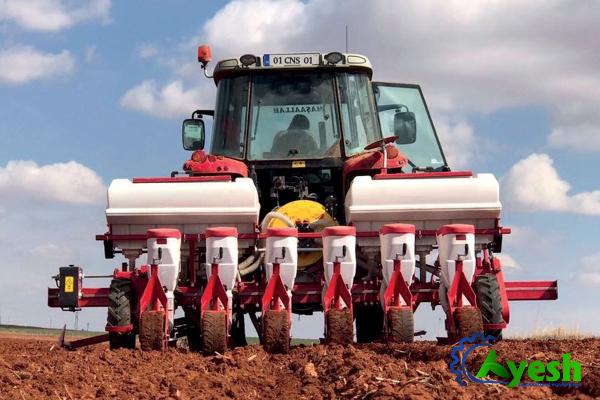
.
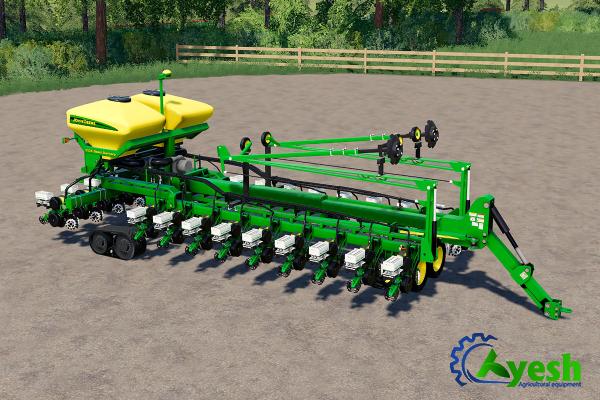 The Working Mechanism of Tree Seedling Planting Machines: Tree seedling planting machines employ cutting-edge technology to streamline the process of reforestation. These machines are typically mounted onto vehicles or drones and consist of various components, including a seedling hopper, digging mechanism, planting device, and a control system. 1. Seedling Hopper: The hopper stores a large quantity of seedlings, ensuring a continuous supply during the planting process. The seedlings are often held in trays or tubes to prevent damage or dehydration. 2. Digging Mechanism: The digging mechanism consists of rotating tines or blades that create holes in the soil. The depth and width of the holes are adjustable to accommodate different species and planting requirements. 3. Planting Device: Once the holes are created, the planting device gently places the seedling into the hole. This device ensures consistent planting depth and spacing, optimizing the chances of seedling survival. 4. Control System: The control system regulates the machine’s operations, including seedling dispensing, hole digging, and planting.
The Working Mechanism of Tree Seedling Planting Machines: Tree seedling planting machines employ cutting-edge technology to streamline the process of reforestation. These machines are typically mounted onto vehicles or drones and consist of various components, including a seedling hopper, digging mechanism, planting device, and a control system. 1. Seedling Hopper: The hopper stores a large quantity of seedlings, ensuring a continuous supply during the planting process. The seedlings are often held in trays or tubes to prevent damage or dehydration. 2. Digging Mechanism: The digging mechanism consists of rotating tines or blades that create holes in the soil. The depth and width of the holes are adjustable to accommodate different species and planting requirements. 3. Planting Device: Once the holes are created, the planting device gently places the seedling into the hole. This device ensures consistent planting depth and spacing, optimizing the chances of seedling survival. 4. Control System: The control system regulates the machine’s operations, including seedling dispensing, hole digging, and planting.
..
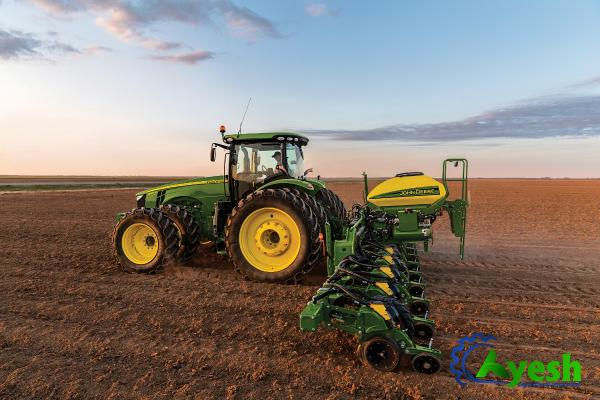 Some advanced models may also have GPS technology to ensure accurate planting while maintaining a proper planting pattern. The Future Potential of Tree Seedling Planting Machines: As technology continues to advance and environmental concerns intensify, the future of tree seedling planting machines appears promising. Here are a few potential developments to look out for: 1. Integration of Artificial Intelligence (AI): AI-powered tree seedling planting machines can analyze the soil, climate, and other environmental factors to determine the most suitable species for planting. By optimizing selection, these machines can assist in creating diverse and resilient forests. 2. Autonomous Operation: Currently, tree seedling planting machines require human operators. However, future advancements may enable these machines to operate autonomously, navigating the terrain, planting seedlings, and adjusting planting patterns as needed.
Some advanced models may also have GPS technology to ensure accurate planting while maintaining a proper planting pattern. The Future Potential of Tree Seedling Planting Machines: As technology continues to advance and environmental concerns intensify, the future of tree seedling planting machines appears promising. Here are a few potential developments to look out for: 1. Integration of Artificial Intelligence (AI): AI-powered tree seedling planting machines can analyze the soil, climate, and other environmental factors to determine the most suitable species for planting. By optimizing selection, these machines can assist in creating diverse and resilient forests. 2. Autonomous Operation: Currently, tree seedling planting machines require human operators. However, future advancements may enable these machines to operate autonomously, navigating the terrain, planting seedlings, and adjusting planting patterns as needed.
…
 3. Customization and Adaptability: Tree seedling planting machines may offer customization options, allowing for the planting of specific tree species or adapting to various soil conditions. This adaptability could help reforestation initiatives target specific ecological goals or address unique challenges in different regions. Conclusion: Tree seedling planting machines offer an efficient, precise, and cost-effective solution to reforestation efforts worldwide. With the potential for further technological advancements, these machines have the capability to drive substantial progress in combating deforestation, creating sustainable forests, and restoring the delicate balance of our ecosystems. Investing in this innovative technology can be a game-changer in the fight against climate change and environmental degradation.
3. Customization and Adaptability: Tree seedling planting machines may offer customization options, allowing for the planting of specific tree species or adapting to various soil conditions. This adaptability could help reforestation initiatives target specific ecological goals or address unique challenges in different regions. Conclusion: Tree seedling planting machines offer an efficient, precise, and cost-effective solution to reforestation efforts worldwide. With the potential for further technological advancements, these machines have the capability to drive substantial progress in combating deforestation, creating sustainable forests, and restoring the delicate balance of our ecosystems. Investing in this innovative technology can be a game-changer in the fight against climate change and environmental degradation.
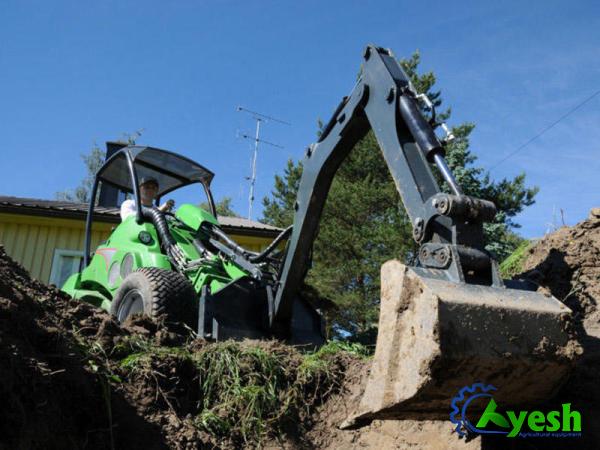

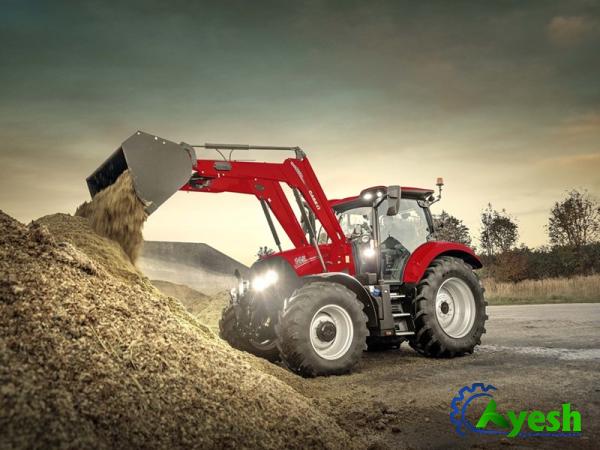

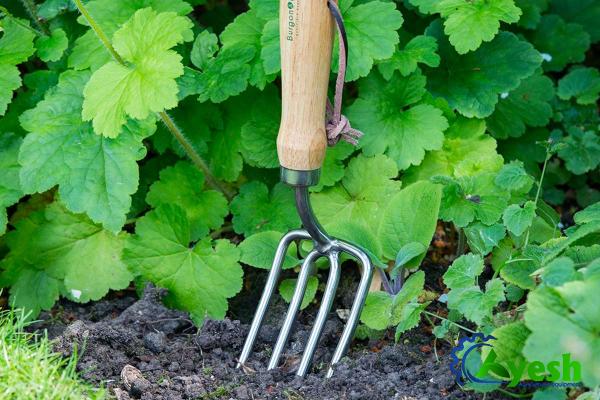
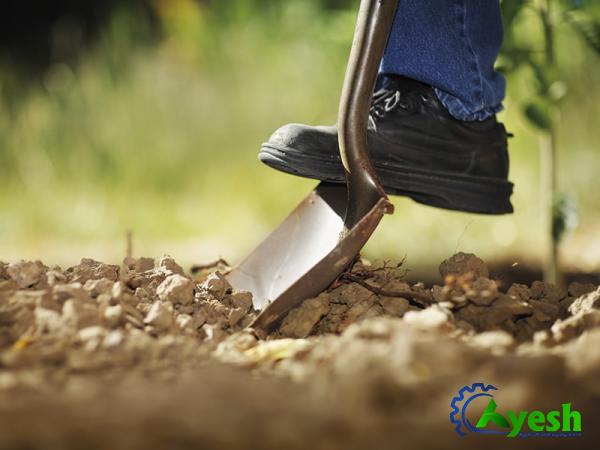
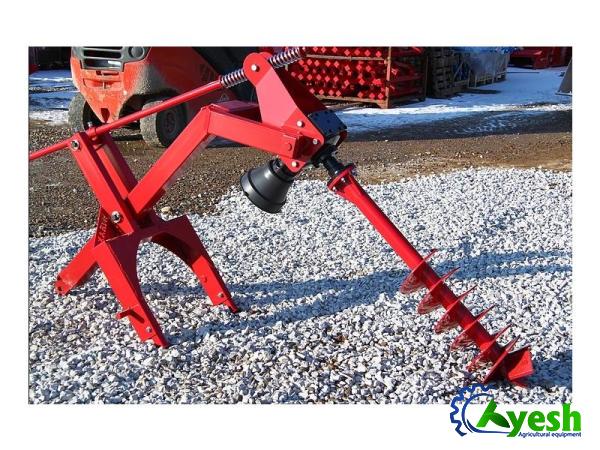



Your comment submitted.